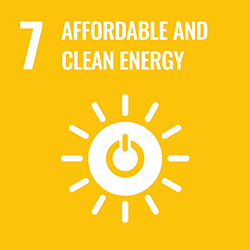Indicators search engine
HEALTH STATUS
LIFESTYLES
SOCIODEMOGRAFIC FACTORS
ENVIRONMENT AND HEALTH
PERSONAL DEVELOPMENT
ENVIRONMENT AND HEALTH
Environmental factors that can determine people's health
HEALTHY ENVIRONMENT
WATER AND SANITATION
TRANSPORT AND MOBILITY
AIR QUALITY
AIR QUALITY
Ozone (O₃) concentration in the Girona region
Millora
Ozone (O3) is a gas that is naturally found in the upper layers of the atmosphere (stratosphere), where it protects us from ultraviolet rays. However, when it forms near the Earth's surface by the reaction of sunlight with other pollutants, such as nitrogen oxides (NOx) and volatile organic compounds (VOCs), which mainly come from the combustion of fossil fuels and industrial activity, it can have negative effects on human health and the environment.
Exposure to ozone can especially affect vulnerable groups such as children, the elderly, people with respiratory diseases and those with cardiovascular conditions. Inhaling ozone can cause irritation to the respiratory tract, reduce lung function, aggravate asthma and contribute to the incidence of respiratory diseases. It can also cause inflammation of lung tissues, increase the risk of cardiovascular diseases and, in prolonged exposures, contribute to premature mortality.
The Observatory monitors ozone concentrations in the Girona region to monitor air quality and potential impacts on the health of the population by showing measurements of the 93.2 percentile (of the daily maximum values of the 8-hour moving average) of ozone (26th day), which represents the value below which 93.2% of the daily maximum data fall.
This indicator allows us to:
• Identify the areas with the highest ozone levels and, therefore, with a higher health risk.
• Analyze trends over time to see if air quality is improving or worsening.
• Compare the situation in the Girona region with other areas and with the limit values established by regulations and the recommendations of the World Health Organization (WHO).
• Design and implement policies to improve air quality and protect public health.


















.png)
